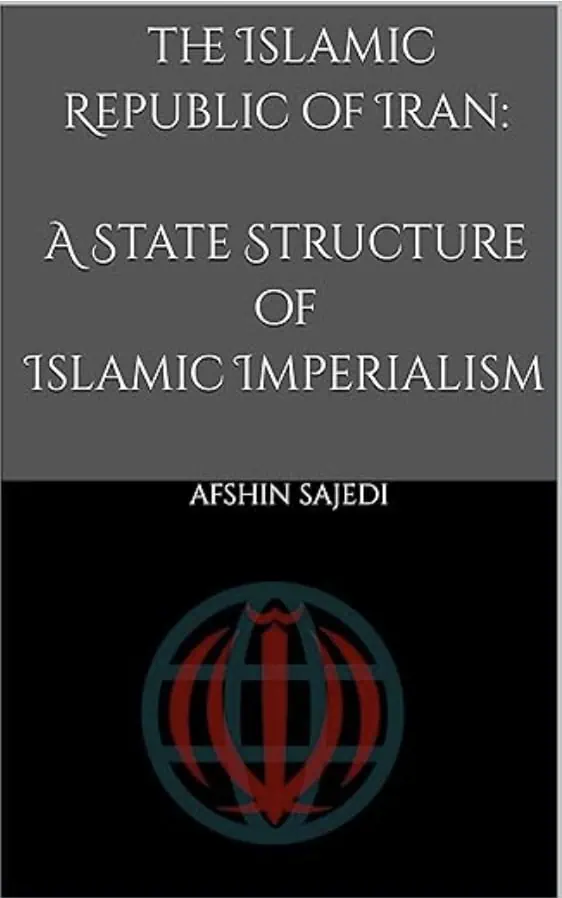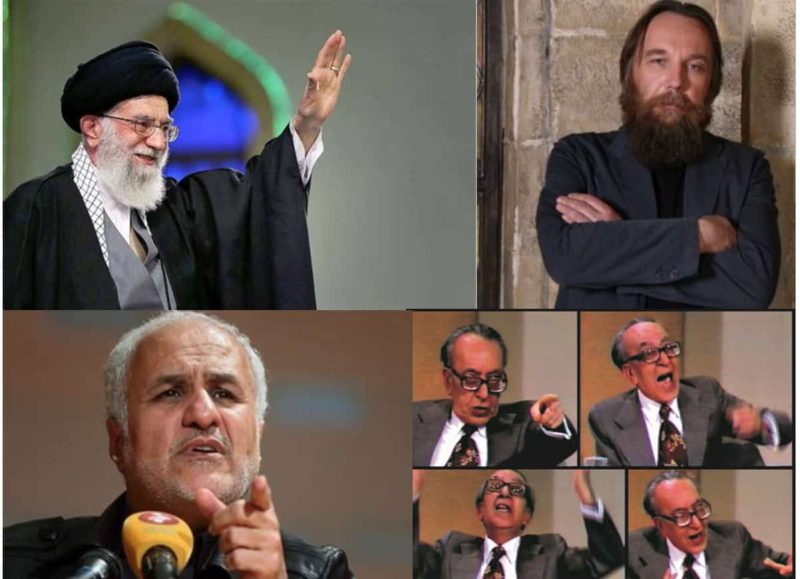Global behavioural patterns of IRGC (Sepah-e Pasdaran, Revolutionary Guards) should worry western policymakers, as they keep on favouring economical and diplomatic approaches towards the regime in Iran not taking into account long term plans, ideologies and strategies of the Caliphate structure of the deep state that keeps on endangering Western societies by different means.
In the official doctrines of the Russian and Iranian governments, liberalism and its core concepts—such as humanism, individualism, democracy, and even modernity—are portrayed as harmful manifestations of evil.

New world order
Subsequently and aligned with Russian authorities, Iranian officials, including the country’s leader, have repeatedly expressed their enmity with the civilization based on humanism and the need to establish a new world order, calling for the dismantling of the current one. They argue that the existing world order, dominated by liberalism, should be dismantled to make way for a new global system.
It appears they initiated a hybrid warfare strategy against the West and democratic societies at the start of this millennium.
Hybrid warfare refers to the use of both conventional and unconventional methods to achieve strategic objectives, including military tactics, information manipulation, cyber-attacks, and economic or diplomatic pressure. Iran’s political and military leaders, particularly within its caliphate structure, have frequently expressed hostility toward Western civilization, stating that its destruction is essential for establishing a global Islamic caliphate.
The IRGC, as the military arm of the caliphate structure, is responsible for conducting hybrid warfare.
According to Ali Khamenei’s official website, the IRGC’s hybrid war against the West encompasses all strategies intended to harm the enemy, except for direct military operations.
It is only natural that Scandinavian countries, as successful and exemplary models of Western civilization, would become targets of IRGC’s hybrid warfare.
Global behavioural patterns of the IRGC
The IRGC’s hybrid warfare include various strategies such as local radicalization, digital radicalization, organizing crimes, organizing migration, use of children in conflicts.
Therefore, various strategies of IRGC’s hybrid warfare include both local and digital radicalization of religious minorities living in Western societies, orchestrated immigration aimed at imposing an economic burden, and the deliberate, premature alteration of the population structure in Western societies. Additionally, the organization of criminal groups within these countries is another tactic employed in this multifaceted approach.
It is important to explain that under the united command of a hybrid warfare, these strategies are designed to be complementary. For example, digital radicalization reinforces local radicalization, while organized migration supplies the necessary human resources for radicalization centres. At the same time, organized crime not only undermines the foundations of security and peaceful coexistence in democratic societies and imposes a significant economic burden, but it is also sometimes used to facilitate terrorist activities—an action that was almost unheard of until recently.
©Afshin Sajedi, mehriran.de 2024

The book aims to provide insight into the question of why the ruling Islamic System of Iran has been in conflict with both the international community and its own people since its establishment. The analysis is based on statistical evidence, and the answer to this question is complex and multifaceted. The book examines the structural nature of governance in the Islamic Republic of Iran, highlighting the duality in the government’s structure.
The upper level is the religious core that controls all power in Iran, consisting of unelected bodies like the Supreme Leader and affiliated organizations. The lower level is seen as a representation of the national government and is completely under the indirect control of the Supreme Leader. The book discusses 48 institutions related to the religious core or the caliphate structure of Iran’s ruling regime. Only the Guardian Council has full control over all three „electoral institutions“ in the lower structure, which is referred to as the „mask“ or „External Face.“
The book also delves into the „Islamic imperialism“ strategy implemented by the Iranian regime’s caliphate structure, which consists of three stages: „Iranianism,“ „Shi’ism,“ and „Islamism“. The regime’s goal is to use the capabilities and capacities of democracy to destroy democratic values and infiltrate Muslim populations in other countries.
Following this, through explaining the regime’s hybrid warfare, I’ve delved deep into the IRGC’s complex international endeavours against democratic values. This includes efforts spanning grassroots and digital radicalization, misinformation campaigns, cyber aggression, and the roles played by Islamic centres associated with Iran’s caliphate segment within Western settings.Supported with documented instances, it becomes evident how these Islamic centres, located in democracies, spearhead local radicalization initiatives, which are central to hybrid warfare strategies. These strategies are further amplified by online radicalization, the spread of false information, and cyber intrusions.
All of these elements are part of Iran’s wider hybrid assault against democratic structures.
The book concludes with a final discussion and proposes a safe shared solution.
Afshin Sajedi, Legal Advisor at the International Organisation to Preserve Human Rights (IOPHR) writes for policymakers about the ideologies, political decisions and legal aspects of the regime in Iran and the risks for Western societies. Global behavioural patterns of the IRGC have been described before, but no adequate actions have been taken by Western governments. Global behavioural patterns of the IRGC need to be known to the general audience and civil societies around the world, though.
Additional information on how IRGC and Al Qaida, Sunni and Shia Extremists coordinate in their campaigns against the West.





